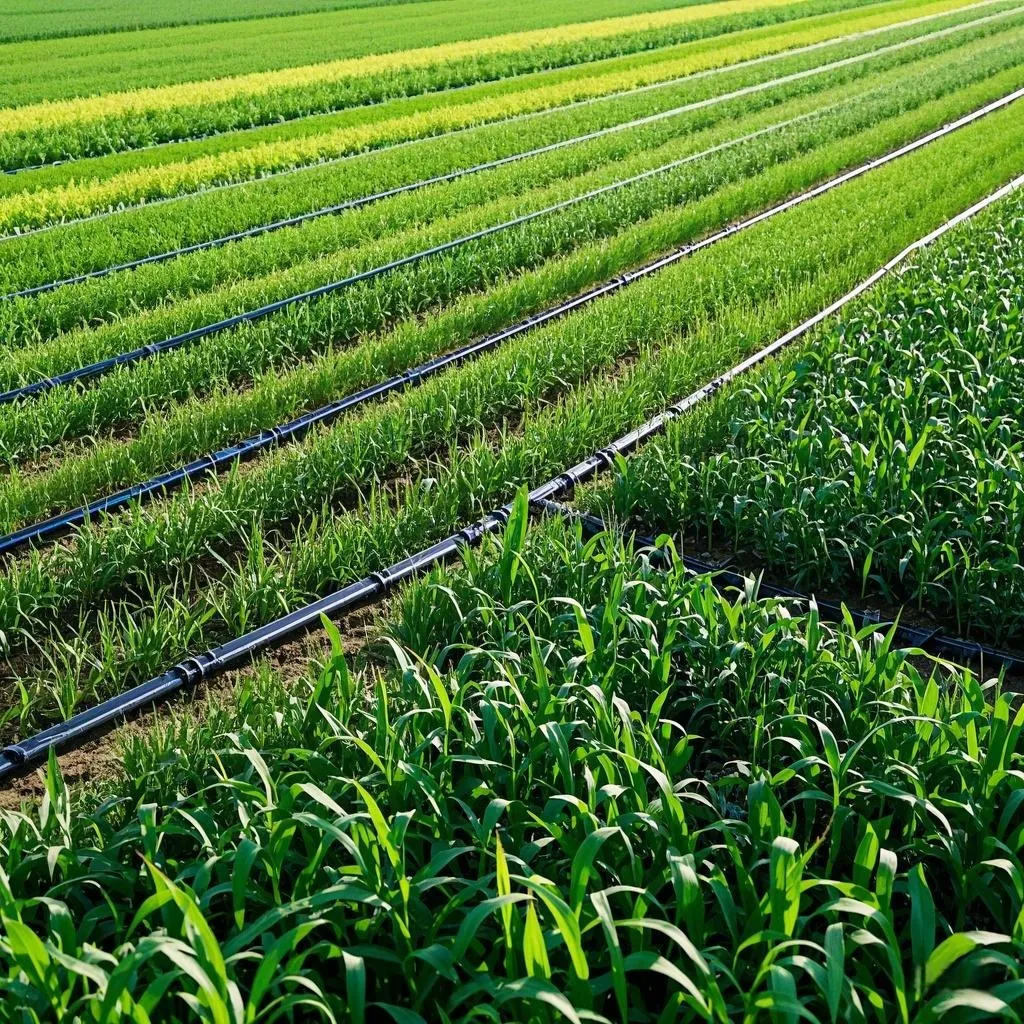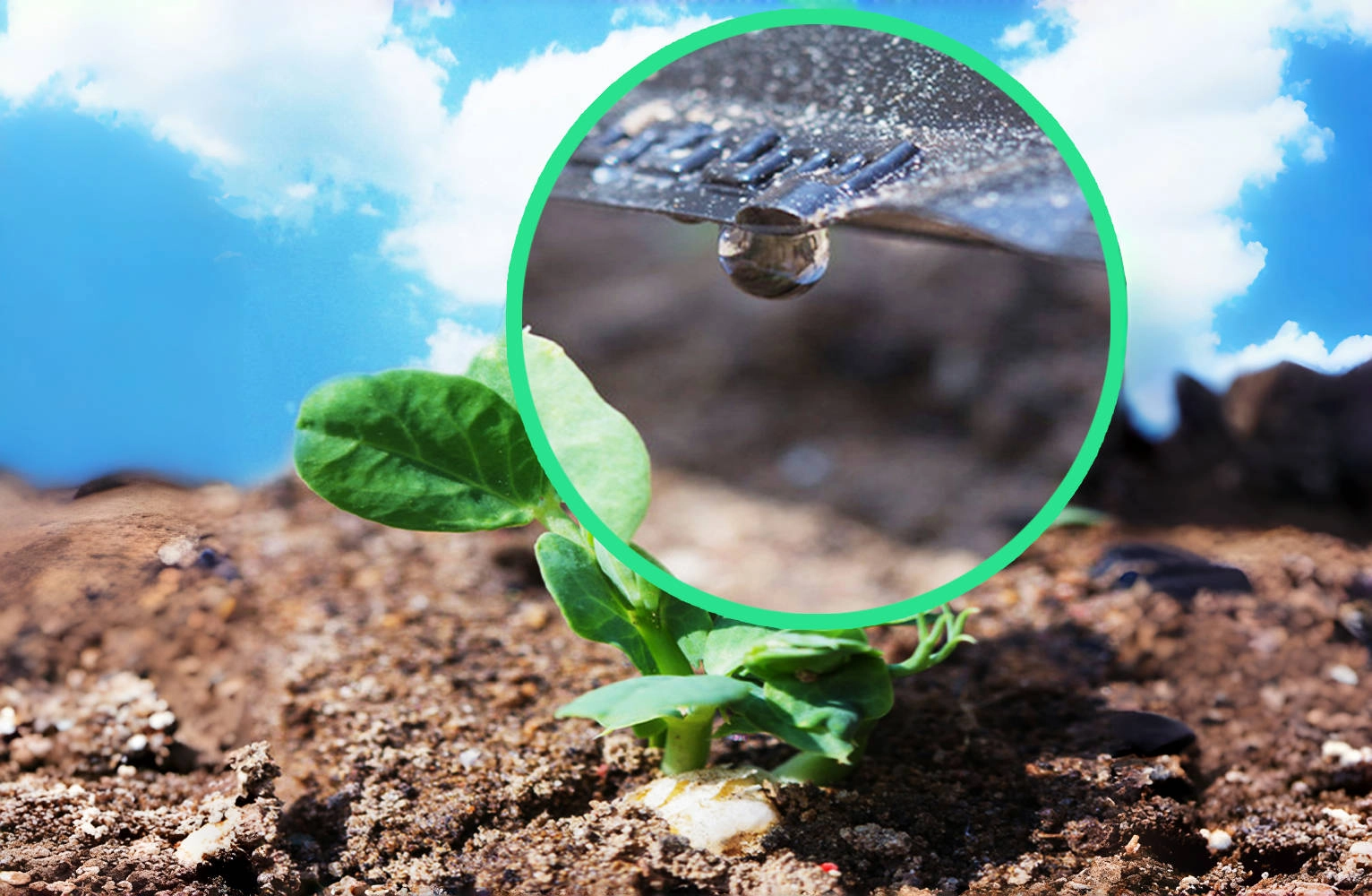DRIP IRRIGATION TAPE: ENHANCING AGRICULTURAL EFFICIENCY
INSIGHTS FROM USDA REPORTS

Recent studies by the U.S. Department of Agriculture (USDA) highlight the critical role of water management in modern agriculture. For instance, the 2024 USDA Crop Progress Report noted improved soil moisture conditions in the Midwest, attributed partly to optimized irrigation practices. Similarly, the July 2024 USDA Supply and Demand Report emphasized the importance of efficient water use in sustaining crop yields amid fluctuating weather patterns. These findings underscore the growing relevance of drip irrigation systems, particularly drip irrigation tape, in addressing global agricultural challenges.
DRIP IRRIGATION TAPE: KEY BENEFITS

Pandora drip irrigation tape, widely used in large-scale farming, delivers water directly to plant roots through evenly spaced emitters. This method minimizes evaporation and runoff, significantly improving water-use efficiency. Benefits include:
- WATER CONSERVATION: Reduces usage by 15–30% compared to traditional methods.
- INCREASED YIELDS: Trials in tomato cultivation demonstrated yield improvements of 15–22% alongside earlier maturation.
- Soil health: Mitigates soil salinization and compaction by maintaining balanced moisture levels.
APPLICATION SCENARIOS: CRITICAL CHALLENGES & SOLUTIONS
LARGE-SCALE FIELD CROPS
Challenge: Uneven water distribution in expansive fields leads to localized drought stress.
Solution: High-density PE drip tapes with uniform emitter spacing ensure consistent moisture across large areas. For example, trials in California’s Central Valley demonstrated that small-diameter, low-flow tapes adapt well to arid conditions, reducing water waste while sustaining crop health.
SPECIALTY CROPS
Challenge: Delicate crops require precise irrigation to avoid overwatering and disease.
Solution: Multi-channel drip tapes, such as those developed by Netafim, enable adjustable flow rates tailored to growth stages. In tomato trials conducted in Spain, these tapes advanced harvest timelines by 8–9 days and boosted yields by over 20%.
LEAKAGE & MAINTENANCE
Challenge: Physical damage or wear in drip tapes disrupts irrigation efficiency.
Solution: Reinforced repair patches and adhesive films, like those tested in Israel, provide quick, durable fixes without system downtime.
INDUSTRY TRENDS & FUTURE OUTLOOK
The adoption of drip irrigation is expanding globally, driven by climate variability and resource scarcity. Innovations in tape durability (e.g., weather-resistant materials) and localized repair technologies are addressing historical limitations, making drip systems more accessible to smallholder farms.
CONCLUSION: SUSTAINABILITY MEETS PRACTICALITY
Drip irrigation tape remains a cornerstone of sustainable agriculture, balancing water conservation with productivity. For tailored solutions—whether selecting the right tape specifications or troubleshooting field issues—contact our team for expert guidance backed by decades of industry experience.
REFERENCES
- USDA Crop Progress Report (August 2024).
- "Efficiency of Drip Irrigation in Tomato Cultivation," Journal of Irrigation Science (2023).
- "Innovations in Drip Tape Repair Technologies," Agricultural Water Management (2022).
- "Small-Diameter Drip Tape Applications in Arid Regions," Irrigation and Drainage Systems (2021).
- USDA Supply and Demand Analysis (July 2024).